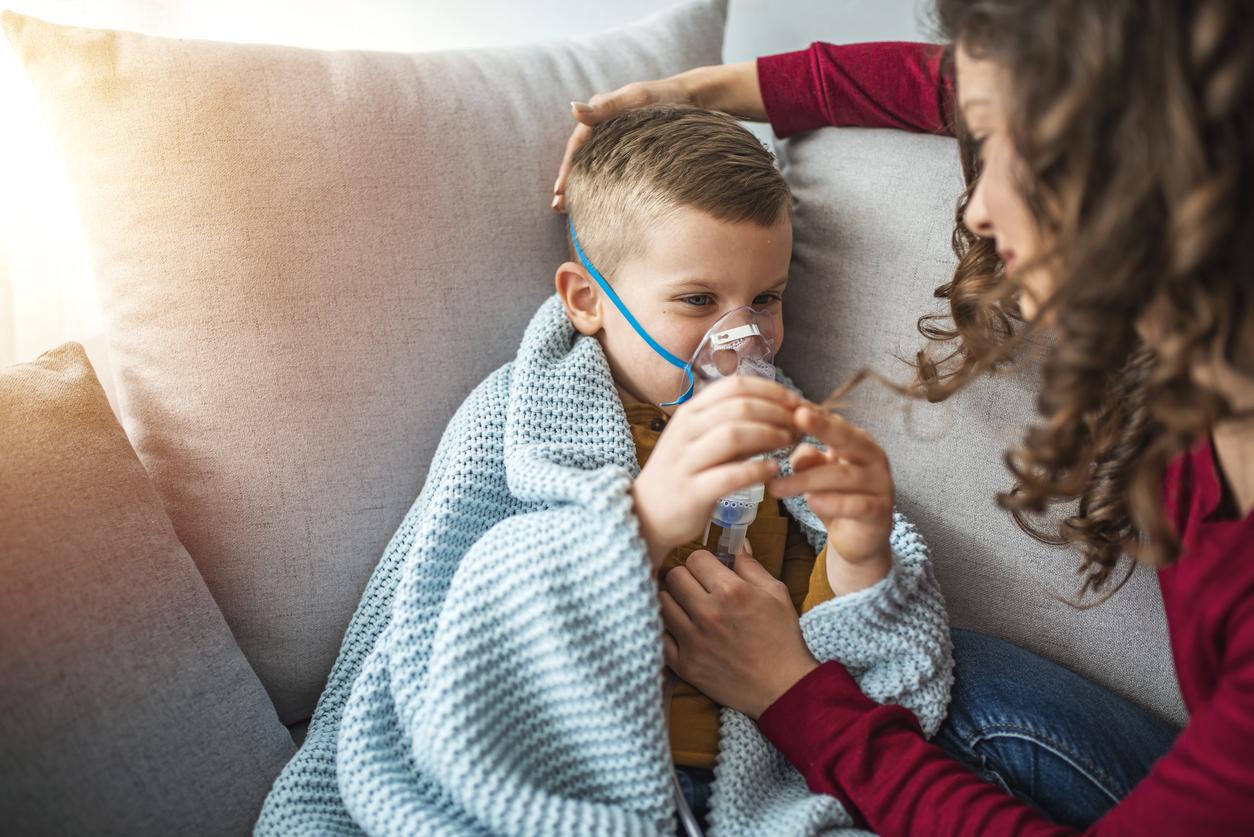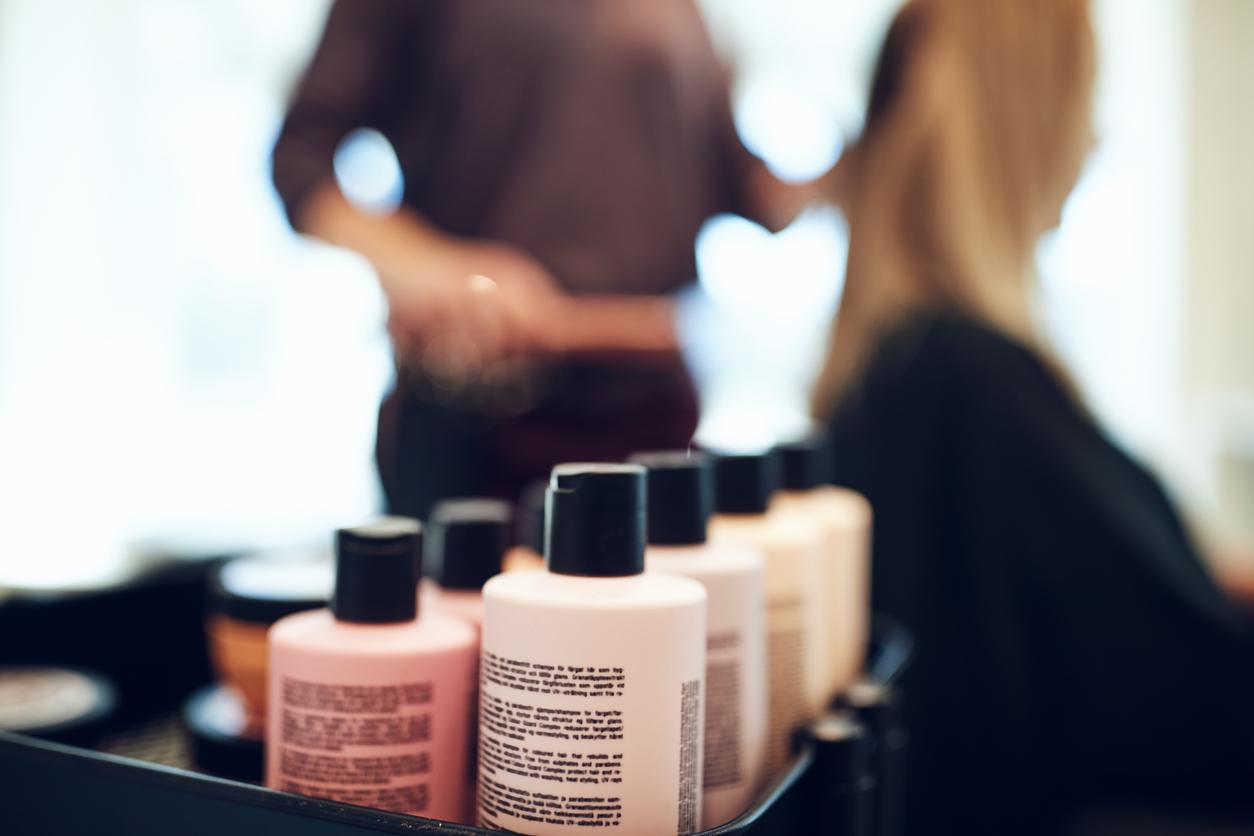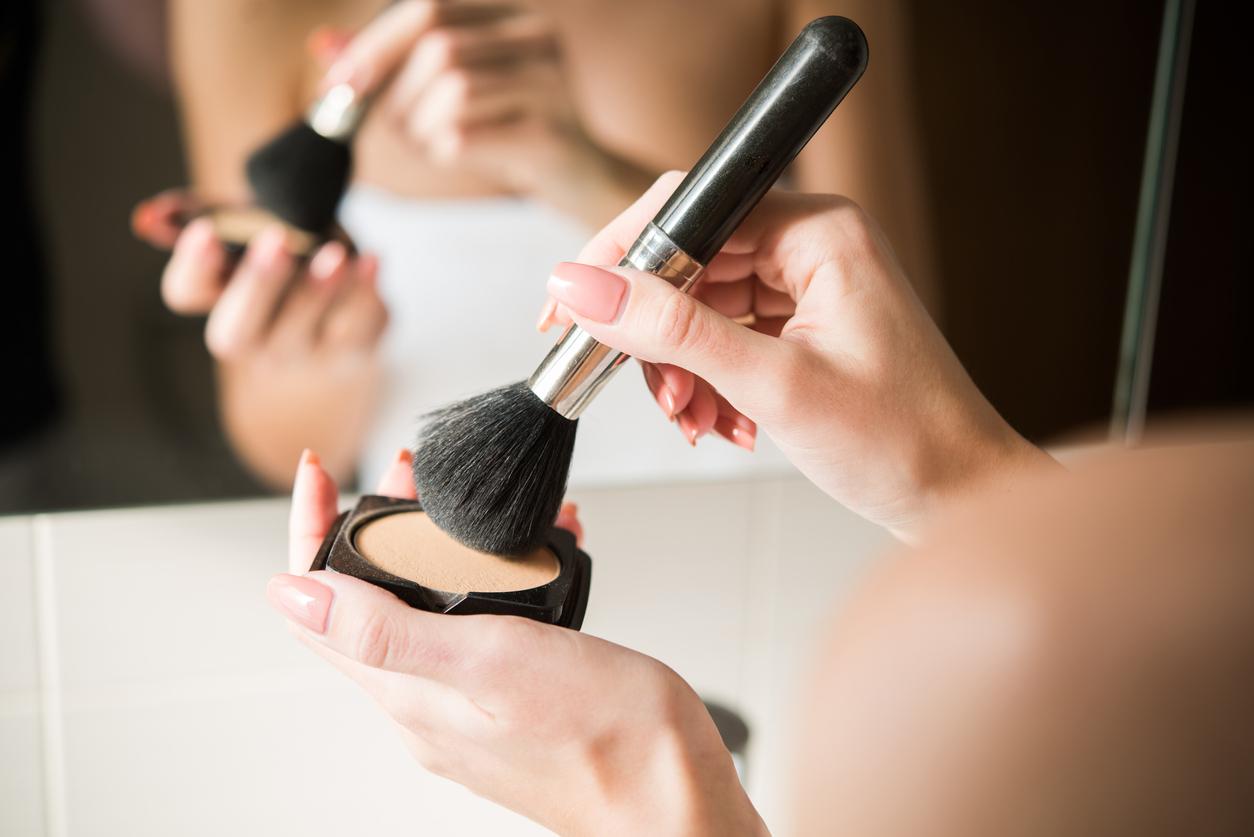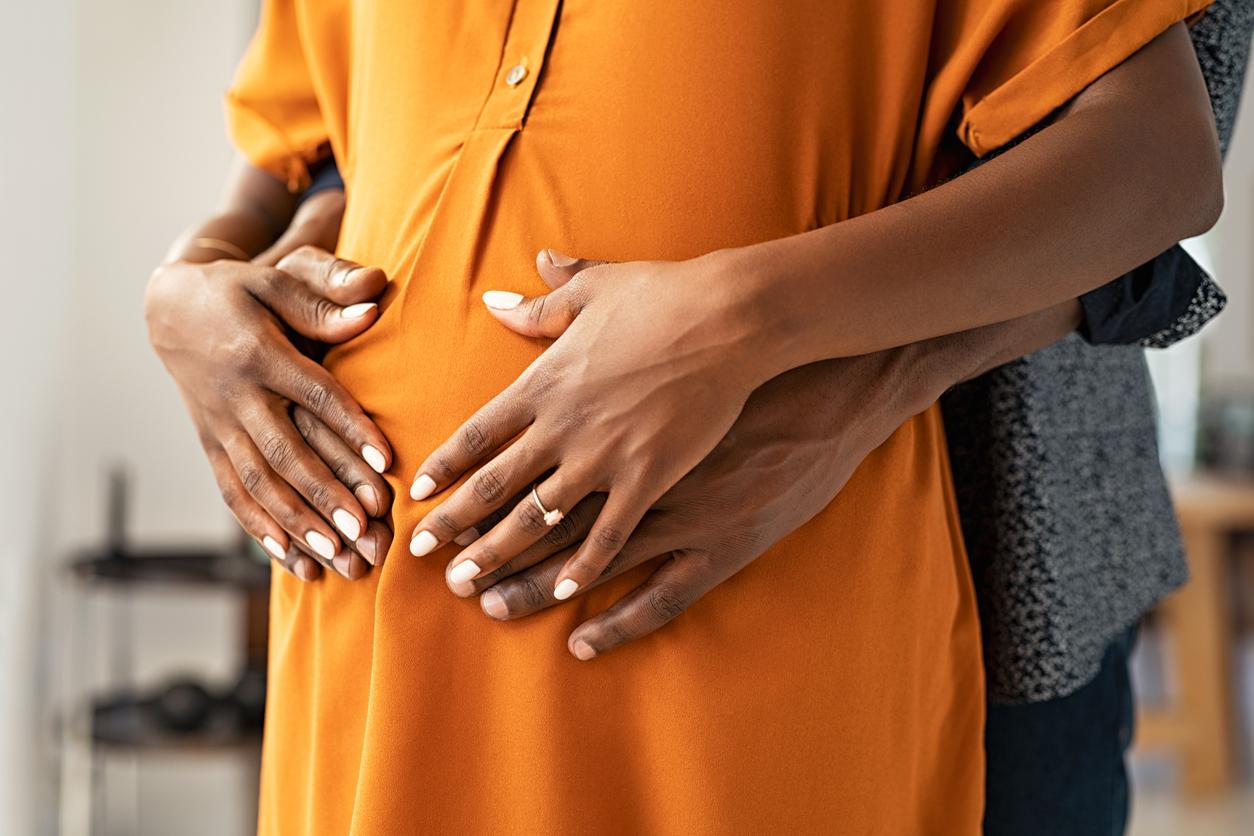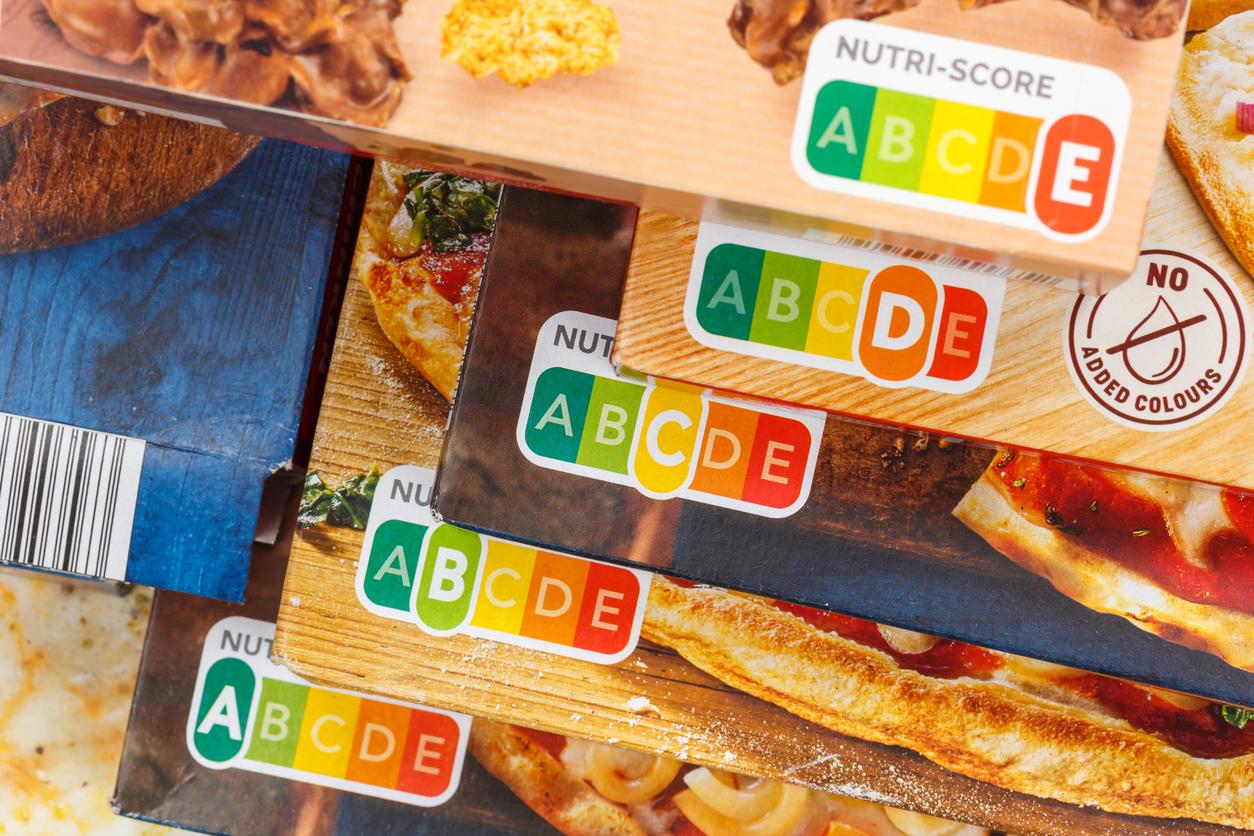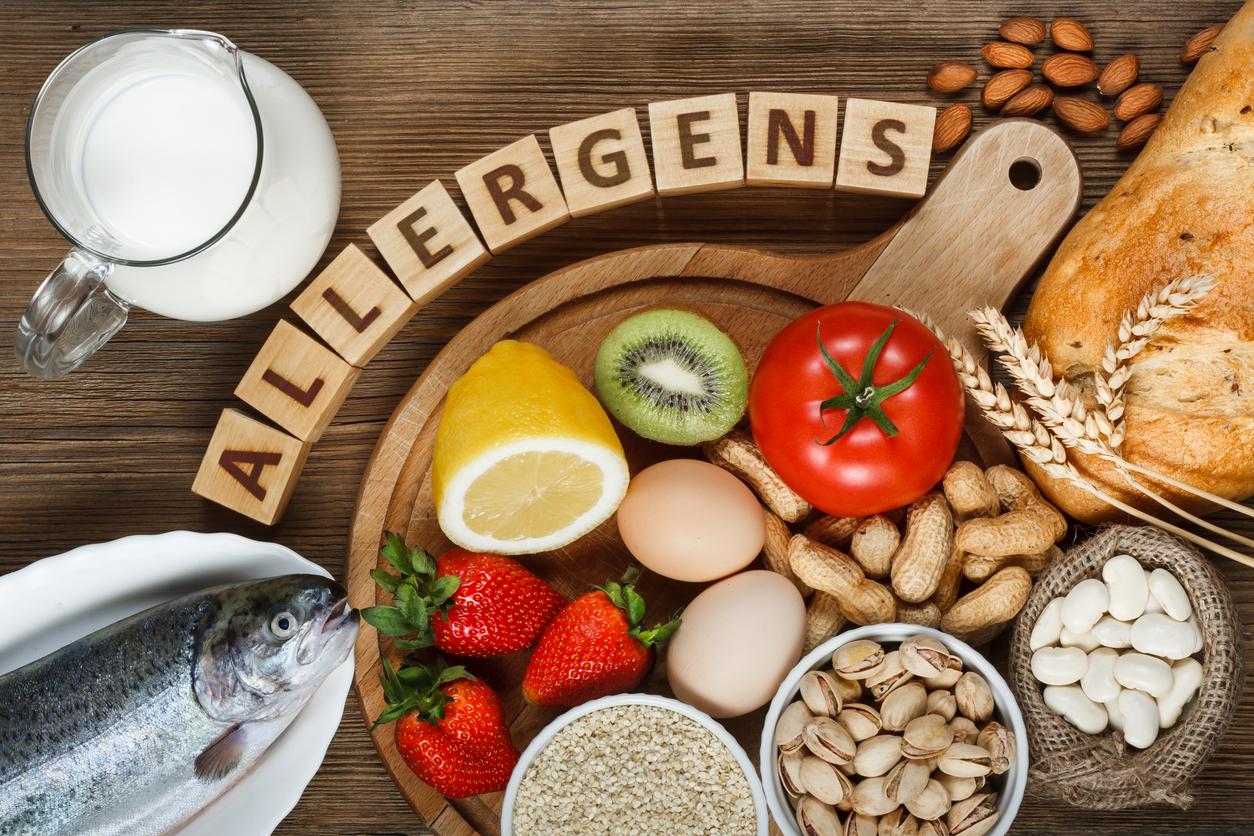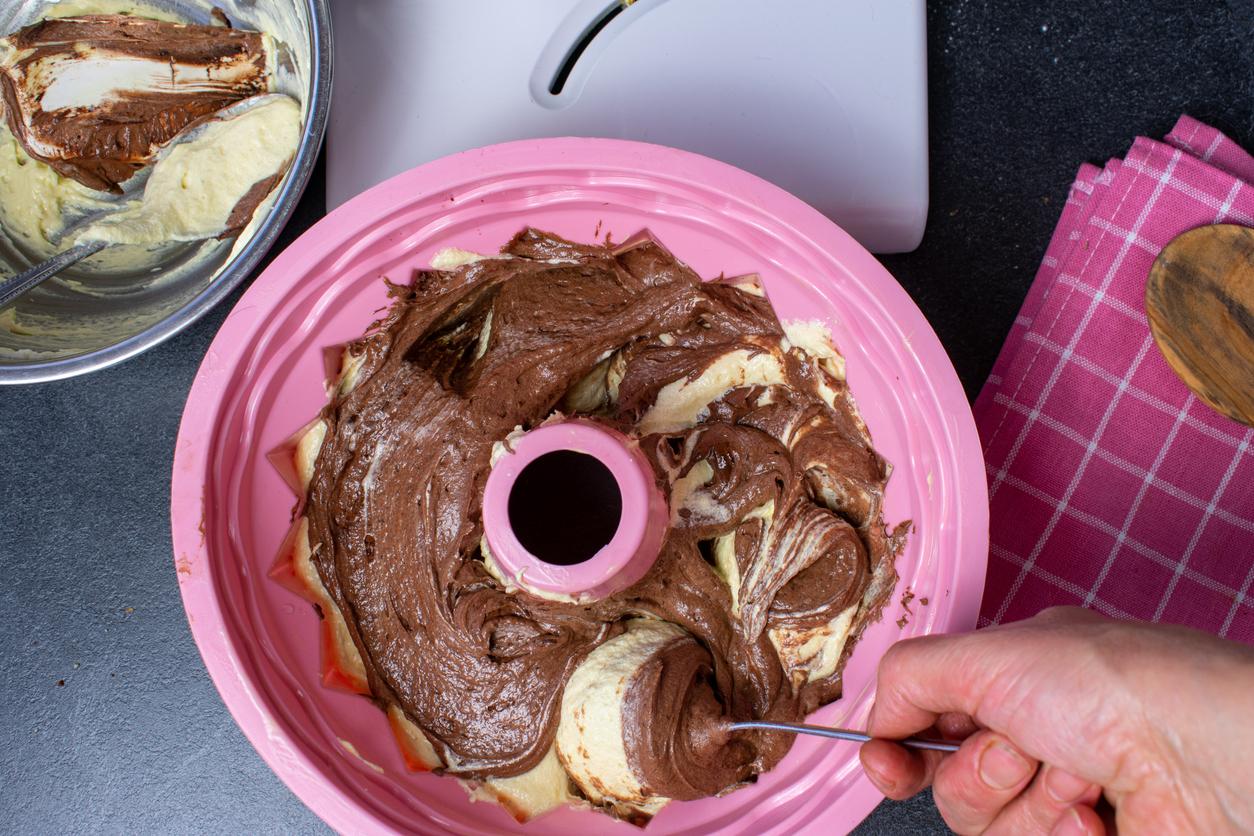The consumer defense association reveals that it has found endocrine disruptors and allergens in products intended for vulnerable populations.
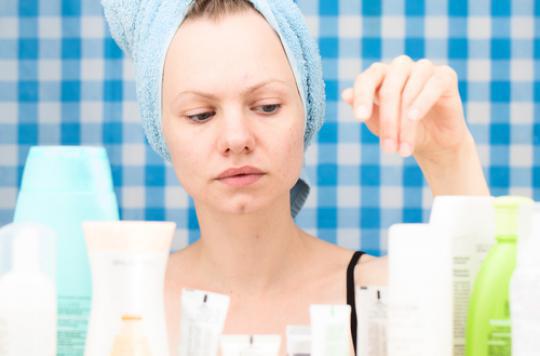
No less than 400 shower gels, creams or deodorants contain toxic substances, UFC alert-What to choose. A year after their inventory, the association reveals that few hygiene and beauty products have been reformulated to eliminate these 11 ingredients considered dangerous.
Among these hundreds of products, some are particularly problematic. These are in particular those intended for vulnerable people and those which contain several undesirable molecules, which she calls “the cumulards”.
UFC-Que Choisir is particularly interested in toddlers, adolescents and pregnant women, “so many users that cosmetics manufacturers should take care of”. However, product analysis suggests that these fragile consumers are exposed, sometimes daily, to endocrine disruptors or allergens. On the labels of body creams or anti-stretch marks, intimate hygiene products or toothpastes, the association has found endocrine disruptors. She cites in particular BHA, butylparaben or Triclosan.
Children are not spared
UFC-Que Choisir is also concerned about the presence of methylisothiazolinone (MIT) and methylchloroisothiazolinone (MCIT), “the ingredients of most concern, at least in the short term”. These preservatives should replace parabens. But very quickly, specialists were alarmed by the increase in cases of eczema, especially in children.
Their use has therefore been regulated. In leave-on cosmetic products, their association has been prohibited since April 2016, but UFC-Que Choisir has got its hands on “outlaw” wipes. The presence of MIT in these same products has also been prohibited since February 12, 2017. However, it is still found in leave-in baby creams or milks. In washing products to be rinsed off, these molecules, which are still authorized, are also contained in products for babies and young children.
And in some hygiene or beauty products, endocrine disruptors and allergens coexist. The association has sometimes discovered 4 undesirable molecules in the same reference. Some of these cumulative products are intended for adolescents or young children.
Decipher the labels
This new analysis is hardly reassuring. So faced with “the inertia of the public authorities” and manufacturers, the association notes that “we will have to get used to scrutinizing the list of ingredients” because “this remains the only way to avoid potentially risky products “. To help consumers, it has made available a reference card “to slip into the wallet”.
On the industrial side, the Federation of Beauty Companies (Fedea) is indignant: “Stop the brainwashing! “. “Under the obligation to react to the UFC-Que Choisir file”, the union claims to be “more than ever committed to the safety” of consumers and recalls that all products placed on the market are safe because European regulations are “ safest in the world.
Professor Annick Barbaud, dermatologist and allergist at Tenon Hospital (Paris) interviewed by UFC-Que Choisir, does not agree. She affirms that the tests carried out by the manufacturers are worth nothing if they are carried out on twenty people taken “at random”. “I belong to a dermato-allergology vigilance network, we are never asked, deplores the specialist. However, an industrialist who really wanted to test his product would do so on our patients”.
.







